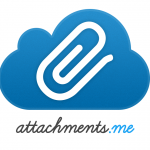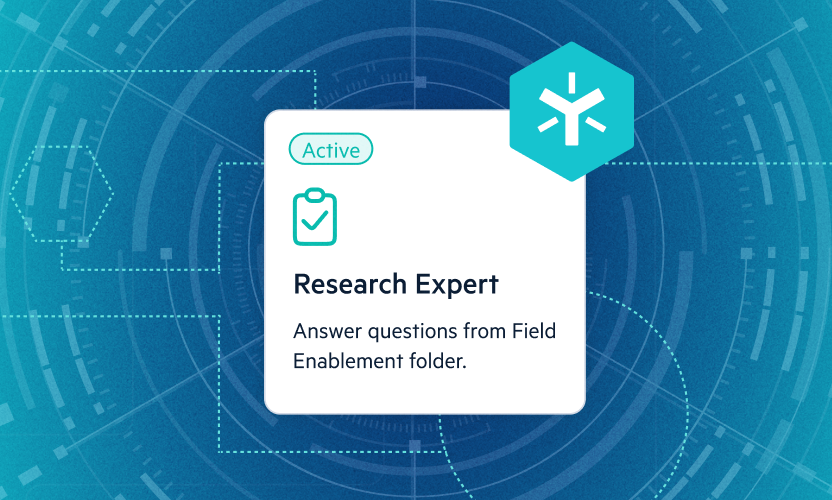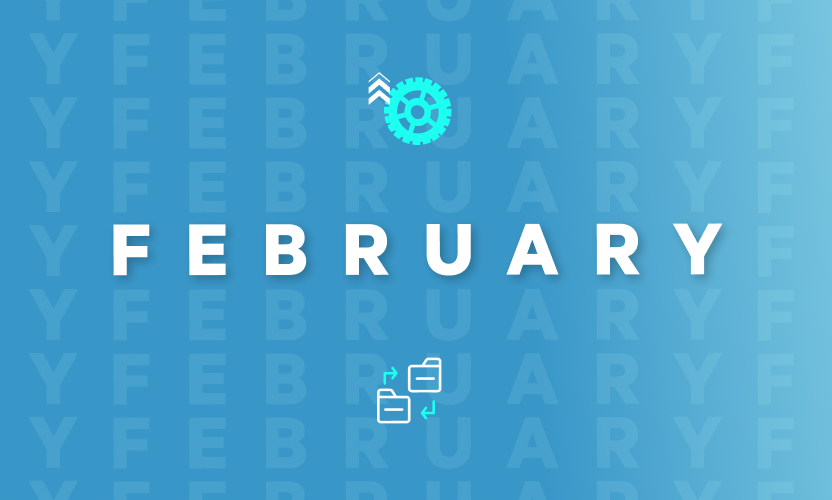Save Your Files to Egnyte from Gmail – Thanks, attachments.me
One of the first cloud services to see widespread adoption was web-based email. In fact, I myself started using Gmail back in 2004 and have never looked back. Today, email is the most widely used collaboration application in the enterprise, and that is apparent, even in my own work environment.
Here at Egnyte, we are Google Apps for Business customers, and I personally live within Gmail. Google Apps usage within our customer base is also strong and growing. (This is part of what drove us to build our recent integration with Google Drive.) One of the biggest issues though with using email for collaboration is when files are thrown into the mix. Email just can’t handle sending large files.
While Egnyte has a native Outlook add-in that allows you to easily email links to files in your Egnyte account, what’s been missing is an equivalent solution for Gmail. As a result, my workflow has been somewhat tedious: create link in our Web UI, copy link, and paste into Gmail...

We were recently introduced to the amazing team at attachments.me, and they leveraged our public REST API to add Egnyte support to their awesome product in a mere two weeks! We are excited to announce the availability of the integration, which now gives our customers Gmail support.
With attachments.me, you can now connect your Egnyte account, allowing you to insert links to files into Gmail emails, as well as save attachments that you receive in email into your Egnyte account. Even cooler is the ability to automate the backup of attachments into Egnyte using rules like “all emails from my lawyer go to my Egnyte ‘Legal’ folder.”
Egnyte’s ability to access files from on-premise and cloud storage, computers and Google Drive combined with Attachment.me’s ability to share those files through Gmail enables enterprise employees to once again leverage email as a simple yet powerful collaboration tool.
I know that attachments.me will be part of my new day to day. To join me in using the integration, see our helpdesk article





